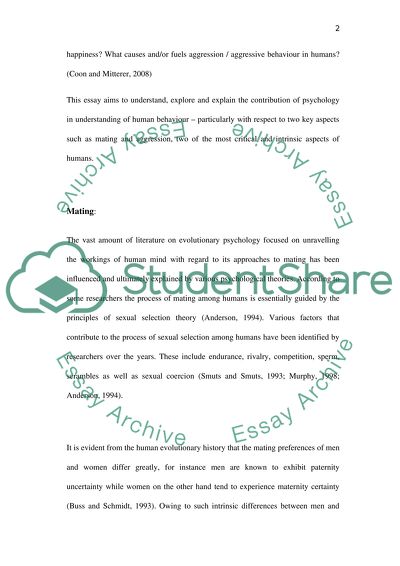Cite this document
(“Critically consider the contribution of evolutionary psychology to our Essay”, n.d.)
Retrieved from https://studentshare.org/psychology/1473291-critically-consider-the-contribution-of
Retrieved from https://studentshare.org/psychology/1473291-critically-consider-the-contribution-of
(Critically Consider the Contribution of Evolutionary Psychology to Our Essay)
https://studentshare.org/psychology/1473291-critically-consider-the-contribution-of.
https://studentshare.org/psychology/1473291-critically-consider-the-contribution-of.
“Critically Consider the Contribution of Evolutionary Psychology to Our Essay”, n.d. https://studentshare.org/psychology/1473291-critically-consider-the-contribution-of.


